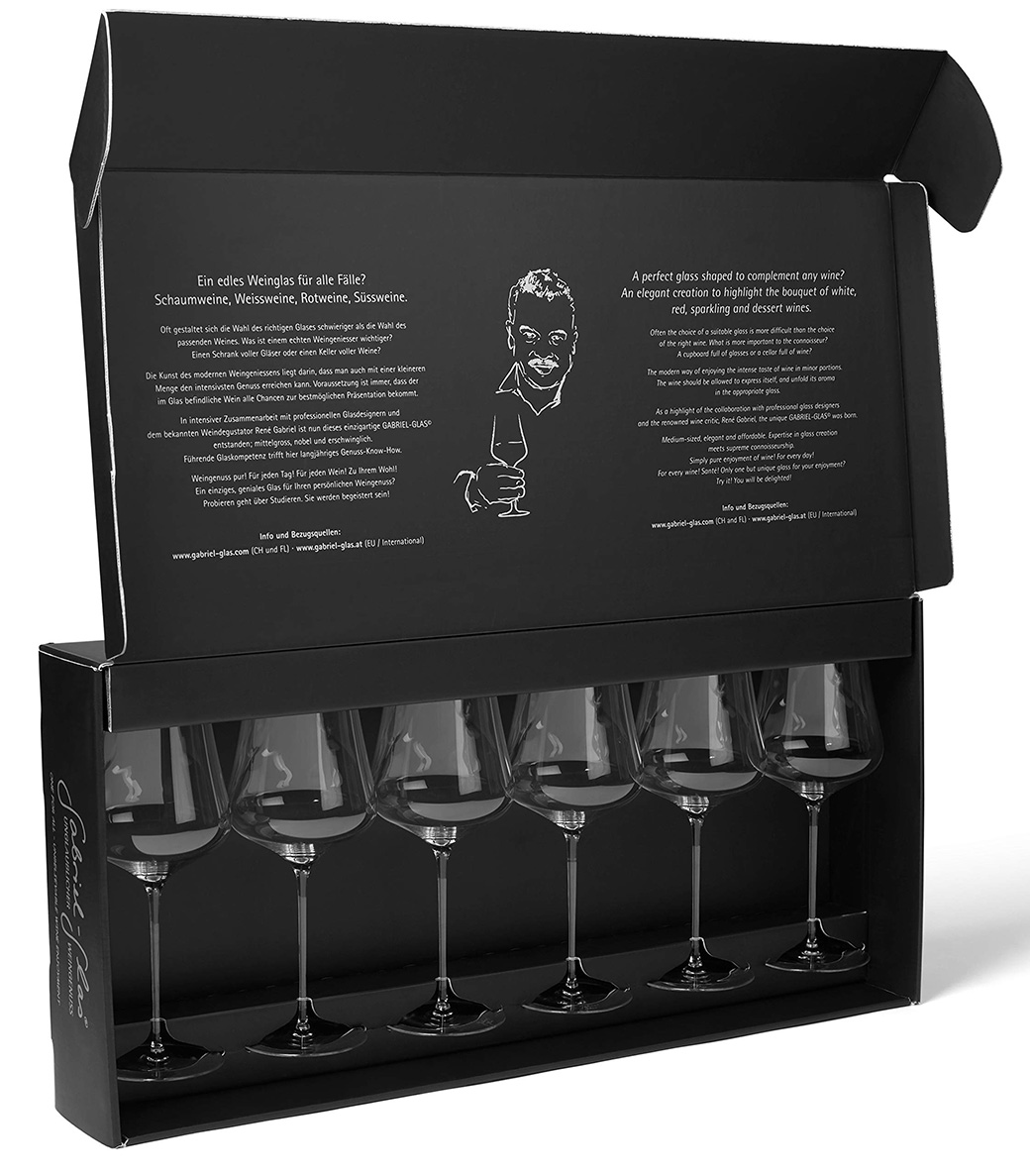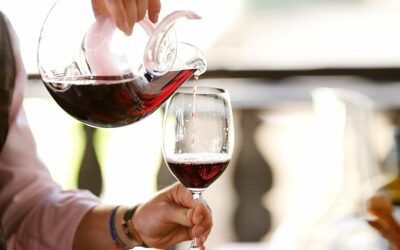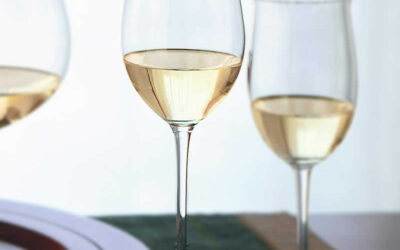With years of experience in the nuanced world of wine, I have had the distinct pleasure of guiding many through the intricate world of wines, and perhaps one of the most delightful journeys is the exploration of Port wine. Known for its rich, intense flavors and often enjoyed as a dessert or a digestif, Port demands a glass that complements its unique characteristics. This guide aims to help you select the best wine glasses for Port, ensuring that every sip is as indulgent as it is memorable.
Understanding Port Wine: Styles, Flavors, and Traditions
Port wine, a storied and sumptuous fortified wine, hails from the terraced vineyards of Portugal’s Douro Valley, a region renowned for its rugged beauty and ideal winemaking climate. This indulgent wine is fortified with grape spirit (brandy), which not only increases its alcohol content but also preserves its rich sweetness and body. This unique process yields a wine that is robust, complex, and capable of aging gracefully for decades.
The Rich Tapestry of Port Styles
Port wine’s variety and versatility are showcased across several distinct styles, each defined by its production method, aging process, and flavor profile:
1. Ruby Port: This is the most basic and extensively produced type of Port. Ruby Port is stored in large tanks that prevent oxidative aging and preserve its deep red color and fruity flavors. It is typically young, vibrant, and has a strong presence of berry and chocolate flavors, making it a popular choice for those new to Port.
2. Tawny Port: Aged in wooden barrels, Tawny Port is exposed to gradual oxidation and evaporation, which imparts a golden-brown color and flavors of nuts, caramel, and dried fruit. Tawnies are often aged for 10, 20, 30, or over 40 years, with the age indicating the average time the wines spent maturing in barrels. This style is revered for its complexity and silky texture.
3. Vintage Port: Representing only a small fraction of the total Port production, Vintage Port is made from the best grapes in exceptional years, declared as ‘vintage’ years by the winery. It is bottled after two to three years in barrels and then aged in the bottle for many years, sometimes decades, to develop a profound complexity. Vintage Ports are known for their remarkable depth, intense fruit flavors, and firm tannins, and they often require decanting before serving due to sediment formation.
4. Late Bottled Vintage (LBV): LBV Ports are made from grapes of a single vintage year but are aged in barrels for four to six years before bottling, which is longer than a Vintage Port. This style bridges the gap between Ruby and Vintage Ports, offering some of the complexity of Vintage Ports with the fruitiness of Ruby Ports, but without the need for extensive bottle aging.
Top Recommendations for Port Wine Glasses
- Schott Zwiesel Tritan Forte Port Glasses: These glasses are specifically designed for Port and other fortified wines. Their durability and classic design make them a favorite among wine enthusiasts looking to capture the essence of Port.
- Riedel Vinum Port Glasses: Known for their precision in enhancing specific types of wines, Riedel’s Port glasses are shaped to emphasize the rich fruit and spice characteristics of Port, enhancing both aroma and taste.
- Gabriel-Glas Crystal Dessert Wine Glasses: These glasses offer a slightly more casual approach without compromising on quality. The shape is perfect for swirling and nosing, allowing the complex aromas of Port to develop fully.
The Importance of the Right Glass
The enjoyment of Port wine is markedly enhanced by the type of glass in which it is served. Due to its rich and intense flavors, along with a higher alcohol content, Port is typically served in smaller quantities. The ideal Port glass is small with a narrow rim and a bulbous shape that enhances the aroma concentration, allowing the complexity and depth of flavors to emerge. This focused delivery not only maximizes the tasting experience but also respects the wine’s powerful character and rich heritage.
Understanding the diverse styles of Port and the sensory experience they offer provides a richer context for enjoying this luxurious wine. Each style presents a unique expression of the Douro Valley’s terroir and the winemaking traditions that have been refined over centuries. Whether you prefer the vibrant fruit of a Ruby Port, the nutty complexity of a Tawny, or the profound depth of a Vintage, the right glass will unlock the full potential of each sip, making every occasion to enjoy Port a memorable one.
Characteristics of the Ideal Port Glass
Shape and Size: The ideal Port glass is smaller than a standard wine glass, reflecting the typical serving size of Port due to its richness and higher alcohol content. A tulip-shaped glass, which narrows slightly at the top, is perfect for concentrating the aromatic compounds and directing them towards the nose. This shape enhances the perception of the wine’s complexity and depth, making every sniff as rewarding as each sip.
Rim Diameter: A narrower rim is beneficial for focusing the aromatic bouquet and delivering the wine smoothly to the palate. This controlled delivery is crucial for fortified wines like Port, which are rich in both flavor and alcohol, ensuring that each sip delivers a harmonious balance of flavors without overwhelming the senses.
Material: Crystal is the preferred material for Port glasses due to its ability to maintain clarity and enhance the wine’s deep, inviting color. The thinness of crystal also provides a delicate touch to the lips, adding a layer of elegance to the tasting experience.
Expert Tips for Enjoying Port: Temperature, Pouring, and Pairing
Port, with its rich heritage and complex flavor profile, is a fortified wine that offers a unique sensory experience. To maximize the enjoyment of Port, it is crucial to pay attention to the finer details such as serving temperature, pouring technique, and food pairings. Here’s a deeper exploration of how these elements can transform your Port tasting experience.
Optimal Serving Temperature
The serving temperature of Port plays a critical role in balancing its rich flavors and high alcohol content. Different styles of Port benefit from being served at specific temperatures to enhance their best characteristics:
- Ruby Ports: Serve at about 60°F (16°C). This cooler temperature tempers the alcohol’s warmth and brings forward the vibrant fruit flavors, making the Ruby’s bold berry notes more pronounced and enjoyable.
- Tawny Ports: Best enjoyed slightly cooler, at around 55°F (13°C). The cooler temperature highlights Tawny’s complex nutty and caramel notes while maintaining a smooth texture. It prevents the sweetness from becoming overpowering, ensuring a balanced taste that enhances its subtler, aged characteristics.
Keeping Port at these temperatures ensures that each sip is a reflection of the wine’s intended richness and complexity, without the alcohol overpowering the delicate interplay of flavors.
Pouring Technique
Pouring Port correctly is as essential as the temperature at which it is served. Due to its intensity and depth, Port is usually served in smaller portions. Pour the Port into the glass up to the widest point of the bowl. This not only provides an ideal measure but also allows enough space in the glass to swirl the wine gently. Swirling is a simple yet effective way to aerate the wine, encouraging a release of aromas from the fortified wine. As Port is swirled, its aromatic compounds volatilize, making the scents more detectable and enhancing the overall tasting experience.
Masterful Pairing with Food
Port is exceptionally versatile when it comes to pairings, particularly with desserts and cheeses, which make it a splendid conclusion to any meal:
- Cheese Pairings: Port and cheese are a classic combination where both elements can enhance each other. Blue cheese, with its pungent and salty character, contrasts beautifully with the sweetness of Port, especially robust styles like Ruby or Vintage. Aged cheddars, with their deep nutty flavors, pair splendidly with Tawny Port, complementing its rich, mellow sweetness.
- Dessert Pairings: Chocolate desserts are a heavenly match for many styles of Port. The dark, rich flavors of chocolate, whether in a cake, mousse, or truffles, sync perfectly with the deep berry and chocolate notes found in Ruby Port. For nut-based desserts like almond tarts or pecan pie, Tawny Port is an excellent choice; its nutty, caramel notes harmonize with the dessert, enhancing the overall flavor profile.
- Experimental Pairings: Beyond the classics, experimenting with Port can lead to delightful discoveries. Try pairing a Late Bottled Vintage Port with spicy or smoky meats as a counterbalance to their intensity, or enjoy a chilled White Port as an aperitif with olives and mild cheeses.
Adopting these tips for serving, pouring, and pairing Port not only enhances the tasting experience but also turns the act of drinking Port into a culinary journey worth savoring. Whether you are a seasoned aficionado or new to the world of Port, these insights can help deepen your appreciation and elevate your moments of indulgence.
Conclusion
Selecting the right glass for Port is more than a detail; it is essential to fully enjoying what this luxurious wine has to offer. With the right glass, each tasting becomes a moment of discovery, revealing layers of flavor and history with each sip. Whether you are a seasoned aficionado or new to the world of Port, investing in the proper glassware is a step towards deeper appreciation and enjoyment. Cheers to discovering the perfect glass that will make every serving of Port a rich and rewarding experience!





